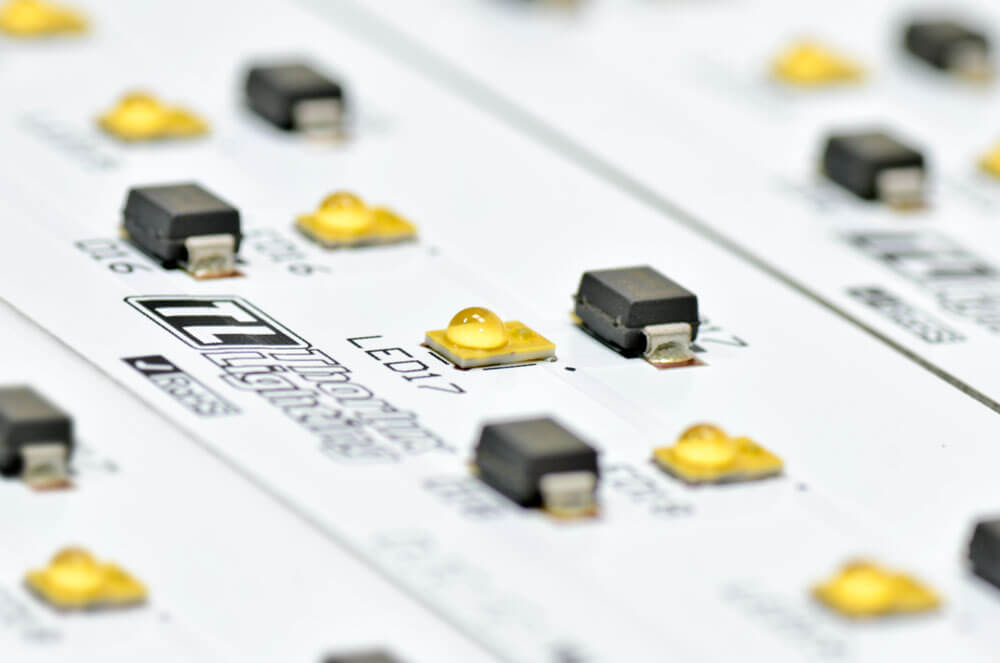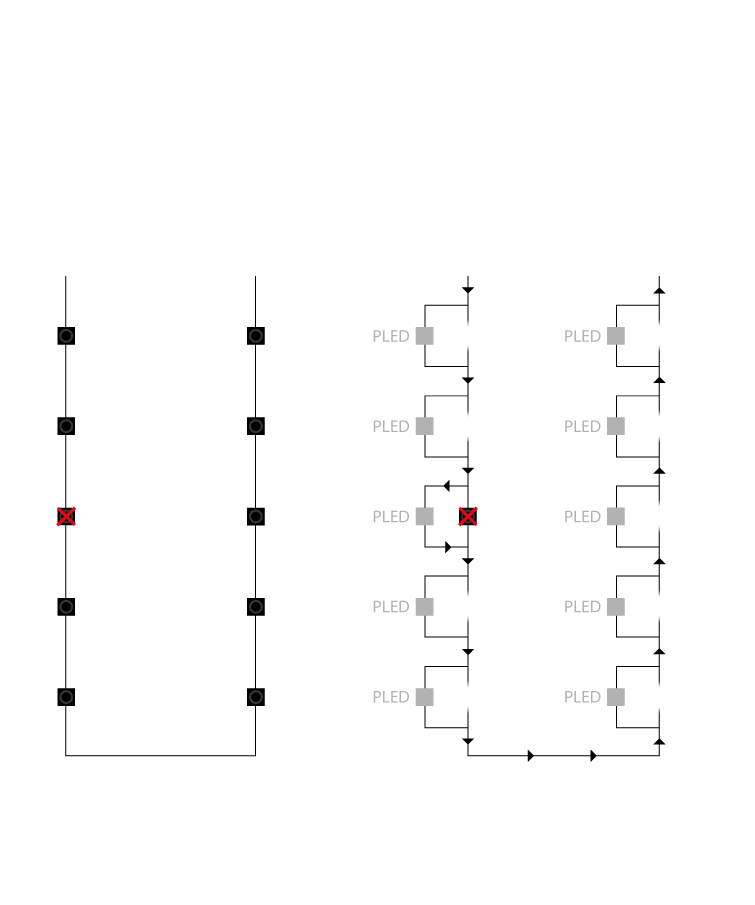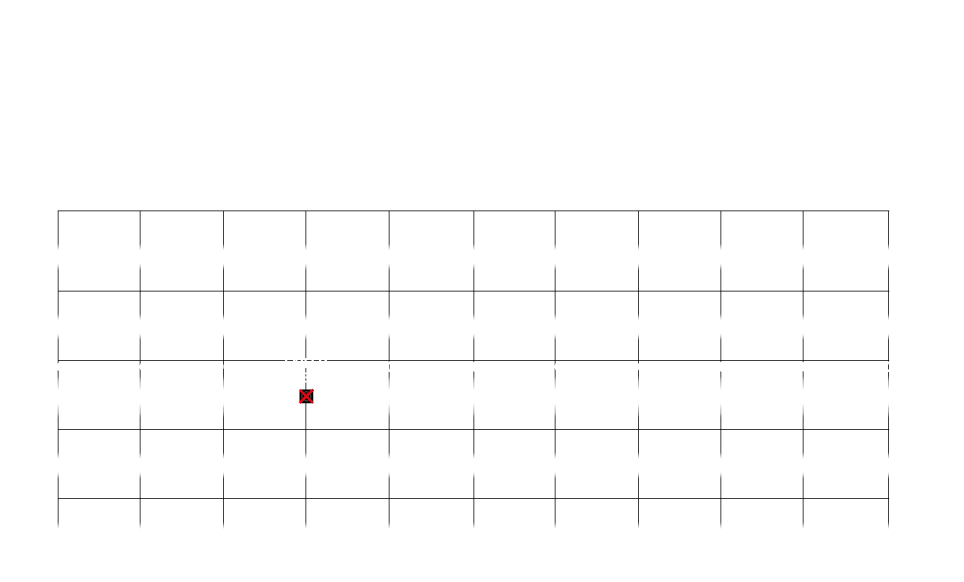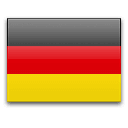LED Guide
Thorlux designs, manufactures and tests the vast majority of its own LED electronic systems including the lenses for precise optical control. By carefully considering end of life scenarios, for example, LED failures, solder joint failures and isolated component failures Thorlux ensures new designs have on-going system reliability even when individual components fail.
The company history of over 80 years, running into thousands of years of combined employee experience, ensures every aspect of lighting a space is carefully considered - a requirement all the more important as LED lifetimes are now expected to reach 50,000 to 100,000 hours or even more!
 Thorlux is closed for the Christmas break and will re-open on Friday 2nd January 2026. Merry Christmas!
Thorlux is closed for the Christmas break and will re-open on Friday 2nd January 2026. Merry Christmas! 